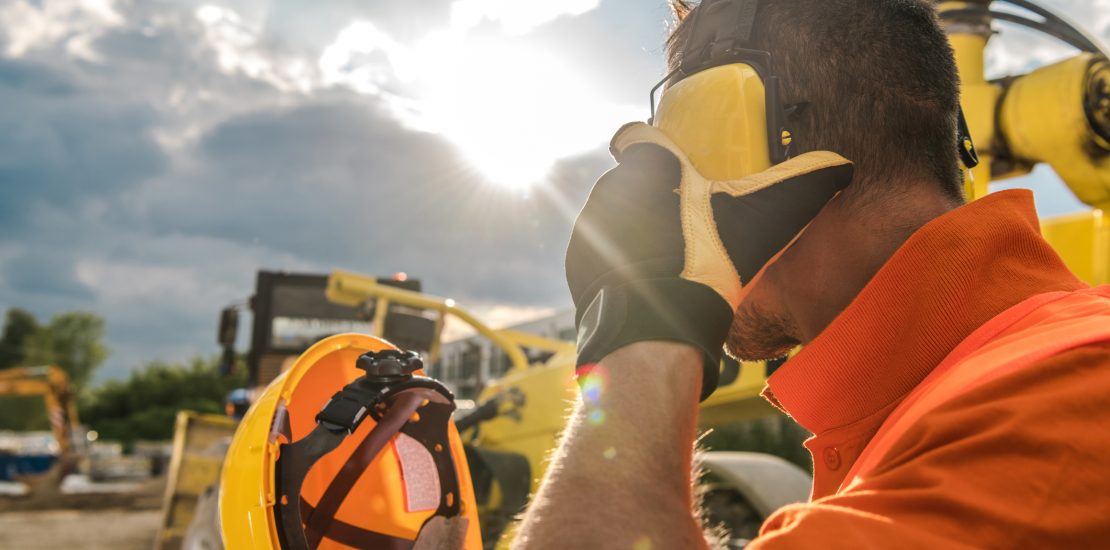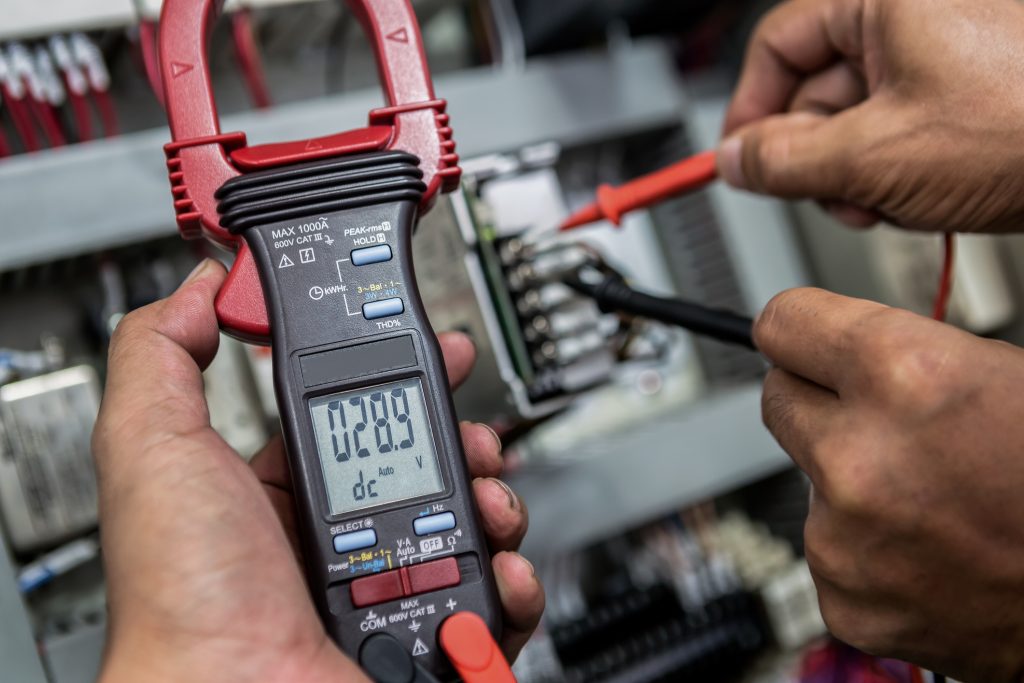Overview of Noise and Vibration Modelling In the Oil and Gas Industry
- February 19, 2023
- Posted by: Velosi Author
- Categories: HSE, Insights

What is Noise and Vibration Modelling?
Noise Vibration Modelling is a systematic technique used to predict and provide cost-effective solutions for noise and vibration levels in the oil and gas industry. Modelling techniques have become an effective way to predict the noise and vibration levels in the oil and gas industry. These models focus on various important factors, including the source of the noise or vibration, the surrounding environment, and the propagation path.
Several individuals working in different industries face noise pollution and we all are familiar with its adverse impacts on human health and the environment. In the Oil and Gas industry, noise and vibration are two critical aspects that need to be set as an utmost priority in every stage of the project. Therefore, modelling noise and vibration is essential to ensure that the project complies with the relevant regulations and standards.
Significance of Noise and Vibration Modelling In the Oil and Gas Industry
The oil and gas industry requires different types of operations taking place every day, which involve the functioning of equipment such as pumps, pipelines, compressors, turbines, drilling, etc. All these operations can cause significant vibrations and increased noise levels, which can eventually cause damage to human hearing, structures, and equipment, and can be pernicious to the environment. Thus, predicting and controlling the noise and vibration levels is an important factor in the oil and gas industry.
Moreover, noise and vibration modelling is essential to ensure compliance with regulatory standards. The International Organization for Standardization (ISO) has developed specific industrial standards for measuring and assessing the impact of noise and vibration on human health and the environment. Industries need to comply with these regulations and standards to avoid legal and financial consequences.
Fundamentals of Noise and Vibration Modelling in the Oil and Gas Industry
- Ensure the health and safety of their employees, nearby communities, and the environment.
- Reduce the adverse impact on the environment.
- Enhance risk management procedures for effective project planning
- Minimize operational and maintenance costs.
- Maintain the integrity of the organization
Conducting Noise and Vibration Modelling
As discussed above, Noise and Vibration Modelling is an important technique to ensure the safety of surroundings and personnel. The following are the most important steps to conduct noise and vibration modelling techniques:
- Identify sources of noise and vibration
- Outline project scope and objectives
- Determine asset data with specifications
- Collect data on affected receptors
- Run data results through modelling software
- Assess results and document conclusions
- Monitor and compare results
- Determine suitable mitigation measures
Key Aspects of Environmental Modelling Assessment (EMA)
Environmental Modelling Assessment is an important technique that provides a critical analysis between assets and their impact on the surrounding environment. This technique utilizes extensive tools to identify and mitigate risks and minimize overhead planning costs. Moreover, EMA assists organizations to comply with prior installation procedures and legal requirements by setting forth the most suitable cost-effective solutions (reducing operational and capital costs).
EMA provides information that portrays information about both decisions and policies. By executing Environmental Modelling Assessment, we can gain a better understanding of natural systems and respond to changes in conditions, such as the effects of hazardous substances on a given system over a certain time.
Please contact us for more information and assistance.



